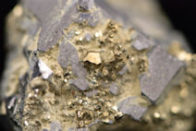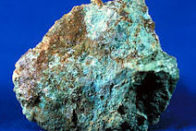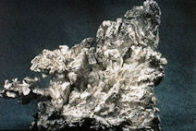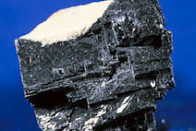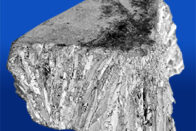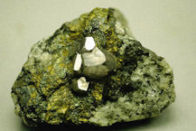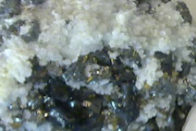to subsurface deposits of ore minerals, oil and gas, and groundwater. Function as a visual base on which a geologic map is drawn either directly or on a transparent overlay.
With the advent of space imagery, geoscientists now can extend that use in three important ways: 1) The advantage of large area or synoptic coverage allows them to examine in single scenes (or in mosaics) the geological portrayal of Earth on a regional basis, 2) The ability to analyze multispectral bands quantitatively in terms of numbers (DNs) permits them to apply special computer processing routines to discern and enhance certain compositional properties of Earth materials, 3) The capability of merging different types of remote sensing products (e.g., reflectance images with radar or with thermal imagery) or combining these with topographic elevation data and with other kinds of information bases (e.g., thematic maps; geophysical measurements and chemical sampling surveys) enables new solutions to determining interrelations among various natural properties of earth phenomena.
While these new space-driven approaches have not yet revolutionized the ways in which geoscientists conduct their field studies, they have proven to be indispensable techniques for improving the geologic mapping process and carrying out practical exploration for mineral and energy resources on a grand scale.


